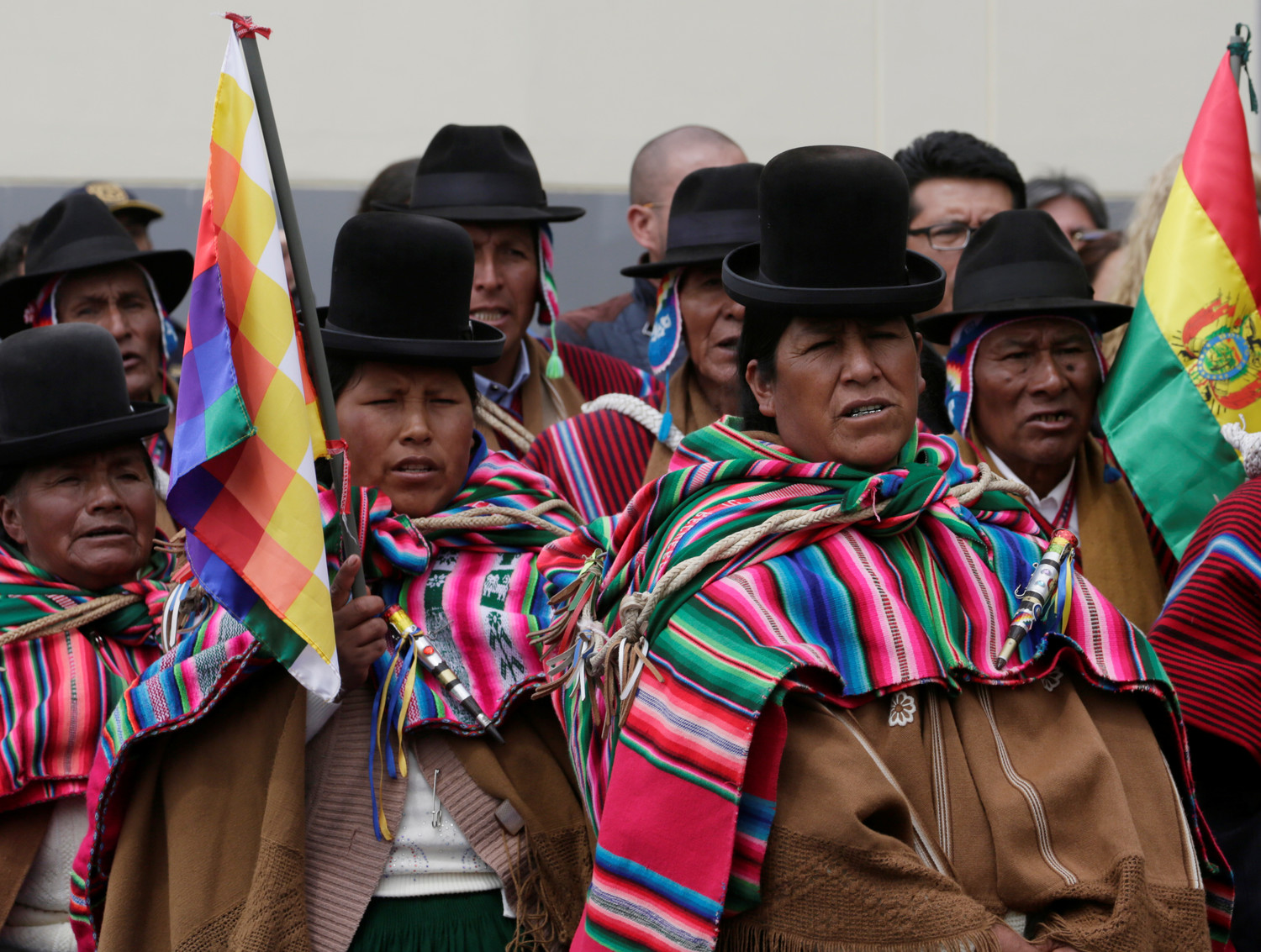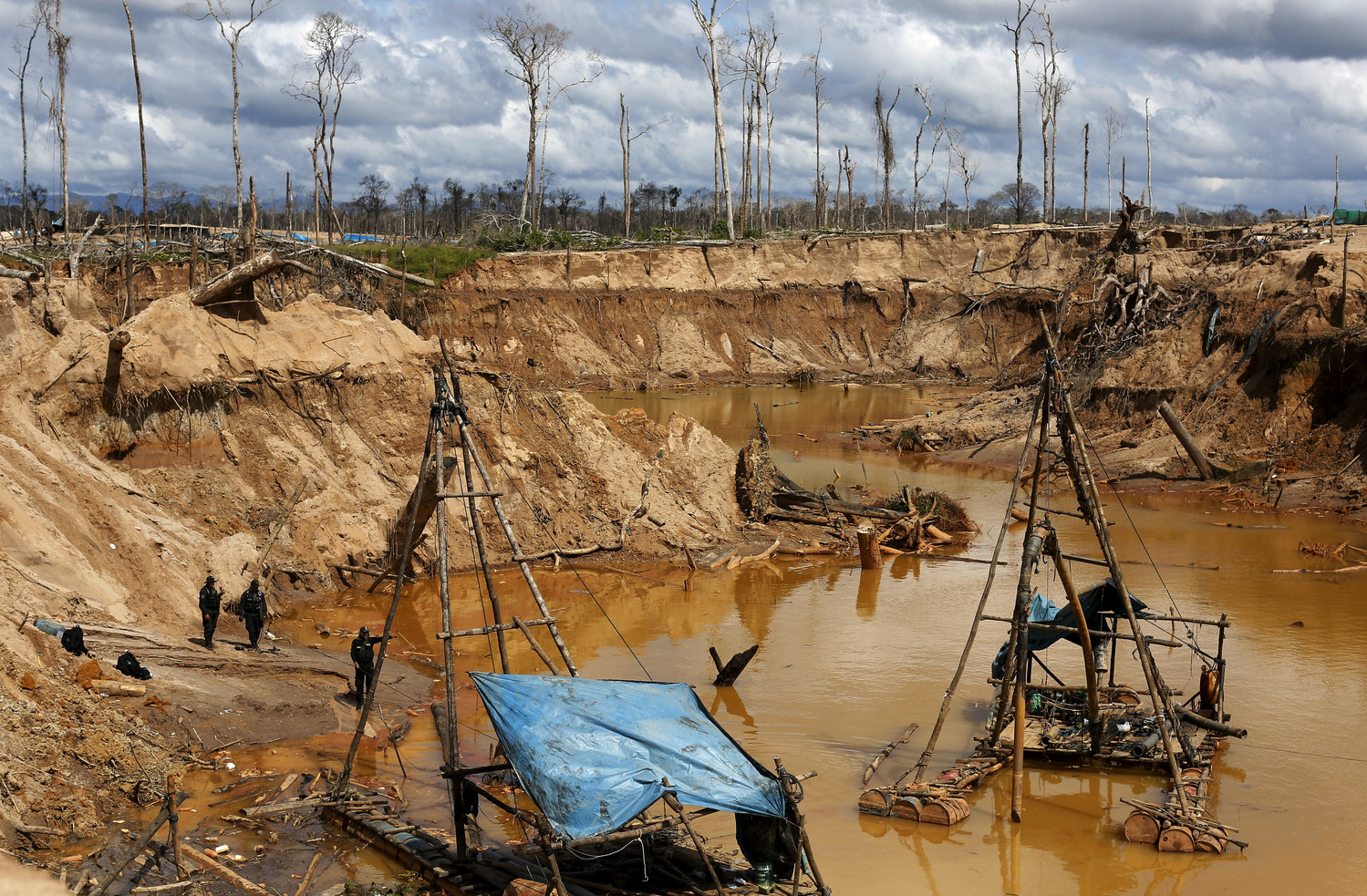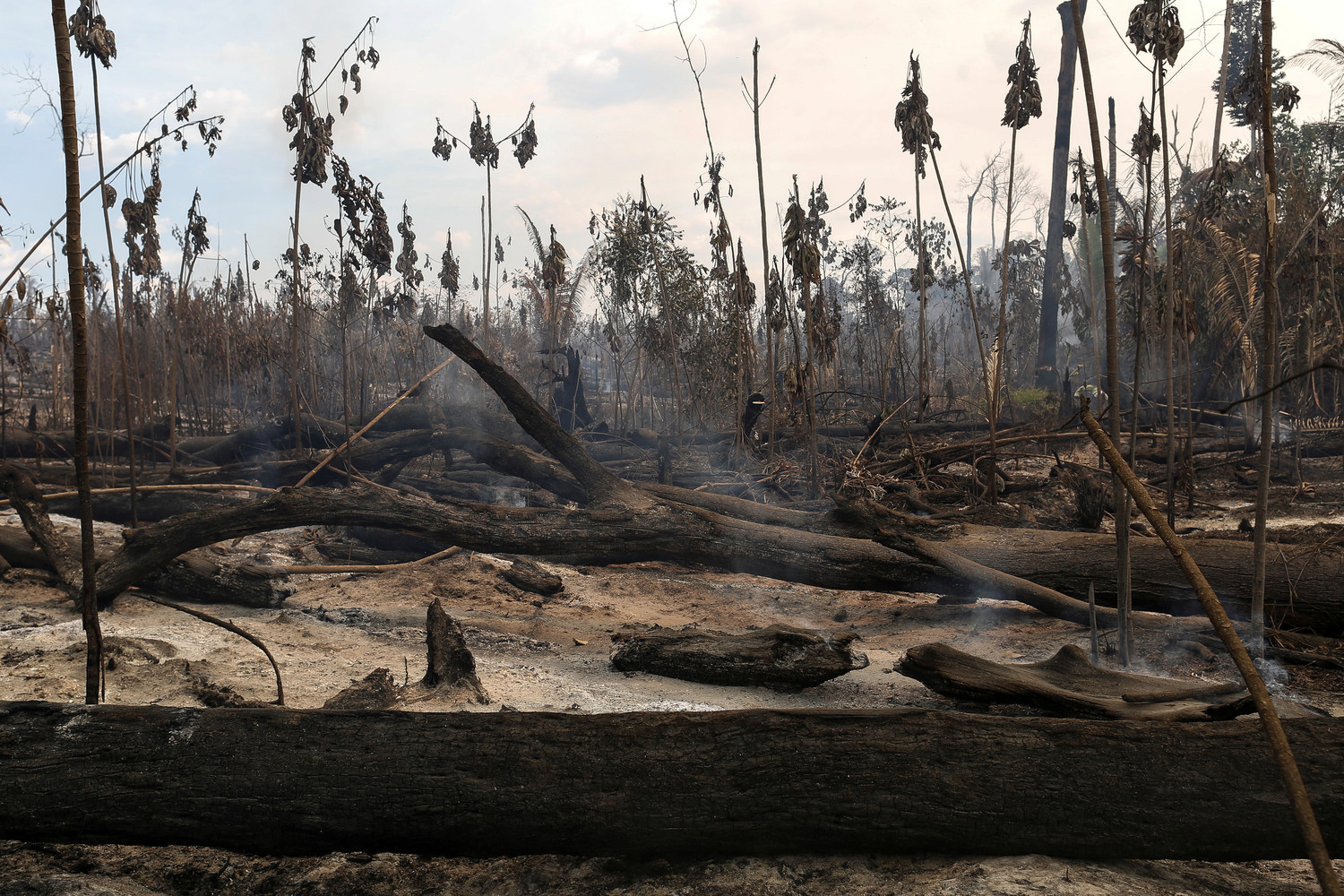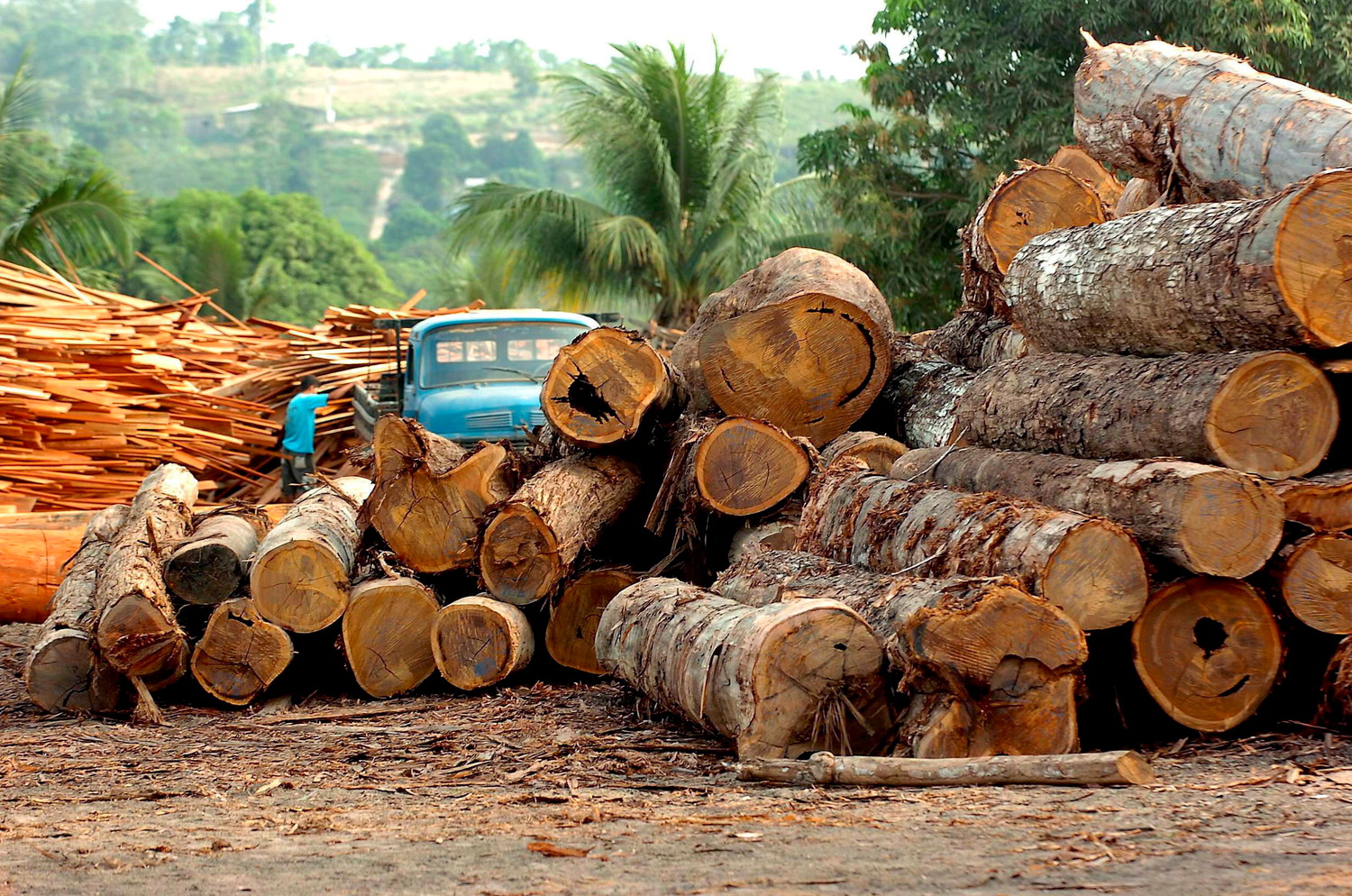Borders pose challenge for Catholic Church in Amazon basin

On a Sunday night in early July, four men – two of them indigenous – were brutally murdered in Assis, a tiny Brazilian town on the border with Peru.
Far from the two countries’ capital cities, the killings, apparently part of a turf war between a national drug-running gang and a local rival, did not make the national news.
But for a local pastoral team, they were an all-too-familiar reminder of the challenges of ministry on the border, some 140 miles from this city where Pope Francis met with nearly 2,000 indigenous people in January.
“The border is a mission place,” said Brazilian Sister Joaninha Madeira of the Sisters of the Immaculate Conception of Castres, a member of a three-person itinerant mission team based in Inapari, Peru, across a bridge from Assis.
Borders pose a challenge for the Catholic Church in the Amazon basin, a region Pope Francis highlighted during his trip to Peru and the subject of a synod to be held in the Vatican in October 2019.
“Everything is connected,” said Jesuit Father Fernando Lopez, one of the founders of the first Amazonian itinerant mission team two decades ago.
“The Amazon basin is one territorial unit,” he added. “The Amazonian rivers connect the entire basin, and the rivers connect the biodiversity and the social diversity of the peoples and cultures.”
Beginning in colonial times, however, the basin was carved into nine nations, with international boundaries splitting the indigenous people living in those areas into different countries, despite their shared culture, language, homeland and family ties.
The result, Fr. Lopez said, is a “profound contradiction of borders imposed by colonial centers, which divided peoples based on economic and territorial interests, without consulting” those who lived there.
The upheaval caused by colonial settlement echoes down the centuries. During a border war between Ecuador and Peru in the early 1990s, some young Shuar soldiers from each side of the border found themselves shooting at members of their own extended families in the other country’s army.
The situation is even more critical for dozens of small, semi-nomadic groups that shun contact with wider society and move back and forth across borders that, to them, are invisible. The largest concentration of those groups is located along the heavily forested border between Peru and Brazil.
Far from cities and too long and rugged for security forces to patrol, those borders are also havens for criminal bands that traffic in illegal timber, gold and drugs.
“When the state doesn’t occupy a space, someone else will occupy it,” said Izaias Flores Lopes, a lay member of the itinerant team.
Clashes between those groups and indigenous tribes can be tragic. Members of a semi-nomadic group known as the Xinane who emerged from the forest in 2014, in the western Brazilian state of Acre, told of what might have been a massacre by armed drug runners.
More often, though, criminal groups recruit young members of farming or indigenous communities, who know the forest paths well, to transport drugs that flow out of Colombia, Peru and Bolivia and through other Amazonian countries to coastal ports.
“When governments are not present with public policies for health, education, employment and the like, people have many needs, (and) criminal bands take advantage of them,” Fr. Lopez said.
In remote regions where most people are subsistence farmers or fishers, illness can pose insurmountable costs. If a drug trafficker offers the parent of a sick child a few hundred dollars to take a package of drugs across the border, the person may take a chance for lack of other options to earn cash to buy medication or travel to a hospital, Father Lopez said.
Construction of roads into areas that used to be nearly inaccessible intensifies the problems. The paving of the Interoceanic Highway through Madre de Dios, the southeastern Amazonian region that Pope Francis visited, completed a paved route from the Atlantic to the Pacific.
Instead of the promised trade boom, however, studies show that the improvement mainly benefited illegal gold miners, resulting in increased trafficking of women for sex in mining camps, as well as deforestation and incursions by miners into protected areas, problems noted by Pope Francis during his visit.
The Amazon’s many national borders are among the “peripheries” that the Pope calls priorities for pastoral work, the team members told Catholic News Service.
In Pope Francis’ addresses in Puerto Maldonado, when he spoke of the problems facing indigenous people and other Amazonians, and in the “common home” he describes in the encyclical “Laudato Si’,” they see renewed support for pastoral work in those remote and complex areas.
They also see itinerant teams like theirs as a model for providing pastoral care to far-flung communities along the region’s rivers. Not responsible for parishes, the itinerant team crosses not just geographical borders, but also boundaries that have traditionally divided Church jurisdictions.
Historically, different religious congregations — Franciscans, Dominicans, Augustinians, Jesuits and others — have been responsible for apostolic vicariates in the Amazon region.
On the itinerant team, however, individual members are supported by their religious congregations, enabling religious groups to send missionaries to the Amazon without having to support an entire parish or vicariate, Fr. Lopez said.
He was part of the first team, which began working out of Manaus, Brazil, in 1998. He and colleagues then formed another team that, between 2004 and 2014, visited communities along the Amazon and its tributaries where the borders of Peru, Colombia and Brazil meet.
Once a Church presence was more firmly established there, they moved to Inapari in 2015 to minister along the borders of Peru, Brazil and nearby Bolivia. Another team worked out of Boa Vista, Brazil, along the borders of Venezuela, Brazil and Guyana, between 2008 and 2013.
The itinerant teams hark back to the early Church, when missionaries like St. Paul went from town to town nurturing Christian communities, as well as the tradition of the first Jesuit missionaries in the Amazon.
While the Church must put down roots, Fr. Lopez said, it also needs itinerant pastoral workers who share the good news from community to community.
Those mobile teams “provide connectivity,” he said, “of one Church community with another, from one side of the border to the other, of communities downriver with those at the headwaters.”
He likens the teams to bees, “pollinating (and) connecting one place with another, and bringing to light things that are invisible or that have been made invisible.”
Comments
Other items that may interest you
Services
The Catholic
Missourian
2207 W. Main St.
Jefferson City MO 65109-0914
(573) 635-9127
editor@diojeffcity.org










